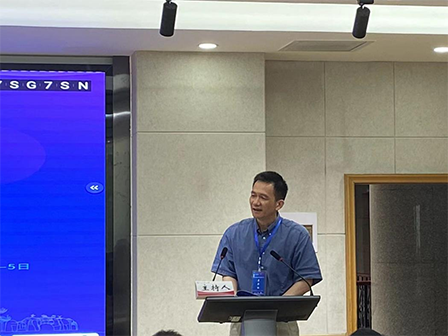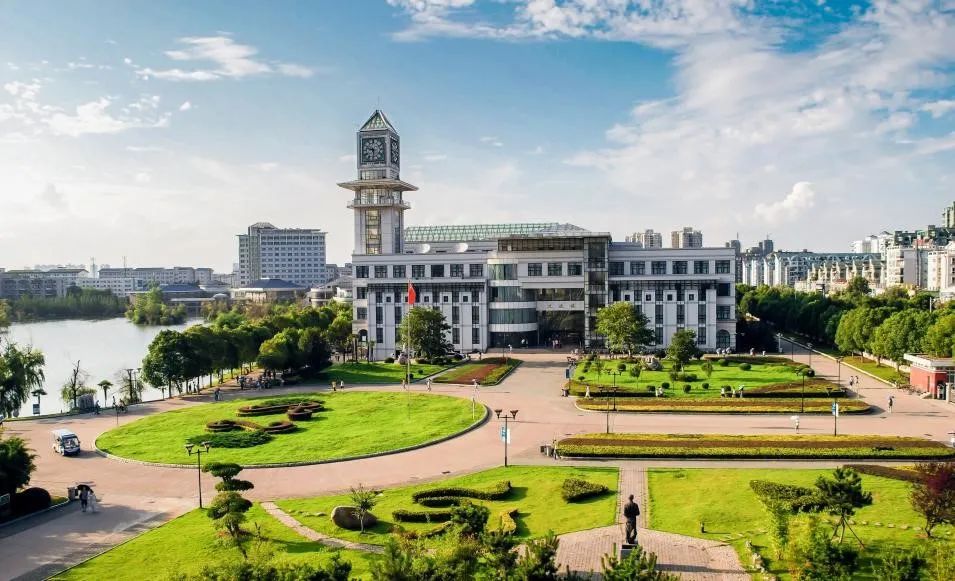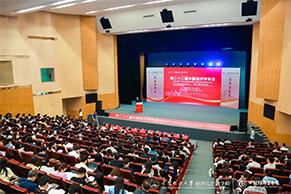2008年中国留美经济学会征集论文
新闻动态 · 2007-12-27 00:00
返回2008 年度留美经济学年会:中国经济发展的新阶段 时间: 2008-4-17——2008-4-20 地点:南开大学 中国 天津 2008 年中国留美经济学会征集论文 www.ces2008.org 中国留美经济学会 (CES) 2008 年年度会议将在天津南开大学举行。...
2008 年度留美经济学年会:中国经济发展的新阶段
时间: 2008-4-17——2008-4-20
地点:南开大学 中国 天津
2008 年中国留美经济学会征集论文
中国留美经济学会 (CES) 2008 年年度会议将在天津南开大学举行。本次会议的主题是“中国经济发展的新阶段”。 会议时间为:2008 年4月18-19日(17 日报到), 4 月20 将安排滨海新区参观。
中国留美经济学会负责邀请提交论文和组织会议分组研讨工作。
个人提交概要( 中文或英文) ,包括大约400字的内容概要(格式要求请参照本论文征集启示末尾给出的格式),并请在网上递交,网址如下: www.china-ces.org ( http://www.china-ces.org/ces_conference/Login.asp?Action=Abstract )
研究范围应在经济领域内。关于中国经济主题的论文将优先选择,当然也欢迎其他与讨论主题相关的文章。提交论文将由中国留美经济学会会议理事会负责评审。
会议议题, 包括会议主题和会议主持人的名字 ,四至五名推荐者所属的名字和所属单位,每篇文章的评论者 , 以及论文题目和摘要 , 英文议题请通过电子邮件递交给 Marion Jones 教授,以下每个邮箱都发一份: marion.jones@uregina.ca , hulihu2@hotmail.com 。 中文议题请通过电子邮件递交给 李坤望 教授: likunwang@nankai.edu.cn 。
每位会议论文提交者只允许提交一篇论文,所有的概要请于2008 年1 月15 日 之前提交。
会议的议题包括(但不仅限于此范围内):
* 社会福利和养老保障
* 健康保障和人口老龄化
* 教育和金融问题
* 房地产,住房供给,土地财产所有权
* 不公平
* 农业和食品安全
* 国际贸易
* 货币和财政政策
我们的会议论文将被推荐至以下期刊专门发表:
China Economic Review : the CES official journal, by Elsevier.
Contemporary Economic Policy : of the Western Economic Association.
The Chinese Economy : by ME Sharpe.
Journal of Family and Economic Issues : by Springer.
Frontiers of Economics in China : by Springer.
另外, Journal of International and Global Economic Studies and Economic Development and Cultural Change 将与我们紧密合作并且选择部分会议论文予以发表。
如果您的摘要已经收到(无论是接受还是拒绝),您将于 2008 年 2 月 28 日 之前接到 e-mail 通知。 一旦被选中,完整的论文和摘要、关键字以及 JEL 分类系统的代码都应 于 2008 年 3 月 31 日 之前 在 www.china-ces.org 网上 提交 。无论如何,推荐者应该至少在会议前 2 周提供其会议讲稿和文章(最好是电子版)。
请注意,为了能够有效提交论文并出席会议,您首先必须通过本会议网站在线注册。我们非常欢迎论文的提交者成为中国留美经济学会的会员。
GREGORY CHOW 最佳论文奖
为了纪念普林斯顿大学教授 Gregory Chow 对经济学和对中国经济研究的贡献以及感谢 Gregory 和 Paula Chow 基金会对 中国留美经济学会的无私支持,中国留美经济学会设立了 Gregory Chow 最佳论文奖,以奖励 2 篇优秀年会英文论文的年轻学者作者(在读研究生或者是在最近 5 年内获得博士学位) 。详细情况将通过 E-mail 发送,并且在分别在中国留美经济学会网站和中国留美经济学会2008 年度会议网站上公布。
摘要的格式(中国留美经济学会2008 年会):
文章题目(Times New Roman 字体, 12 号字,加粗);作者姓名,所属单位, Email (如果有若干作者,用下划线标出出席作者),用 Times New Roman 字体, 10 号字,加粗;摘要 ( 单倍行距 , Times New Roman 字体,10 号字)
格式样板:
Interprovincial Migration in China : The Effect of Investment and Migrant Networks
Shuming Bao ( University of Michigan ), sbao@umich.edu
?rn B. Bodvarsson ( St. Cloud State University ), obbodvarsson@stcloudstate.edu
Jack W. Hou ( California State University -- Long Beach ), jackhou@csulb.edu
Yaohui Zhao ( China Center for Economic Research), yhzhao@ccer.edu.cn
Since the 1980s, China 's government has eased restrictions on internal migration. This easing, along with rapid growth of the Chinese economy and substantial increases in foreign and domestic investments, has greatly stimulated internal migration. Earlier studies have established that migration patterns were responsive to spatial differences in labor markets in China , especially during the 1990s. However, other important economic and socio-political determinants of interprovincial migration flows have not been considered. These include the size of the migrant community in the destination, foreign direct and domestic fixed asset investments, industry and ethnic mixes and geographic biases in migration patterns. We estimate a modified gravity model of interprovincial migration in China that includes as explanatory variables: migrant networks in the destination province, provincial economic conditions, provincial human capital endowments, domestic and foreign investments made in the province, industry and ethnic mixes in the province, provincial amenities and regional controls, using province-level data obtained from the National Census and China Statistical Press for the 1980s and 1990s. We find strong evidence that migration rates rise with the size of the destination province's migrant community. Foreign and domestic investments influence migration patterns, but sometimes in unexpected ways. We find that as economic reforms in China deepened in the 1990s, the structure of internal migration did not change as much as earlier studies have suggested. Consequently, our results raise new questions about the World's largest-scale test case of internal migration and strongly suggest a need for further research.



